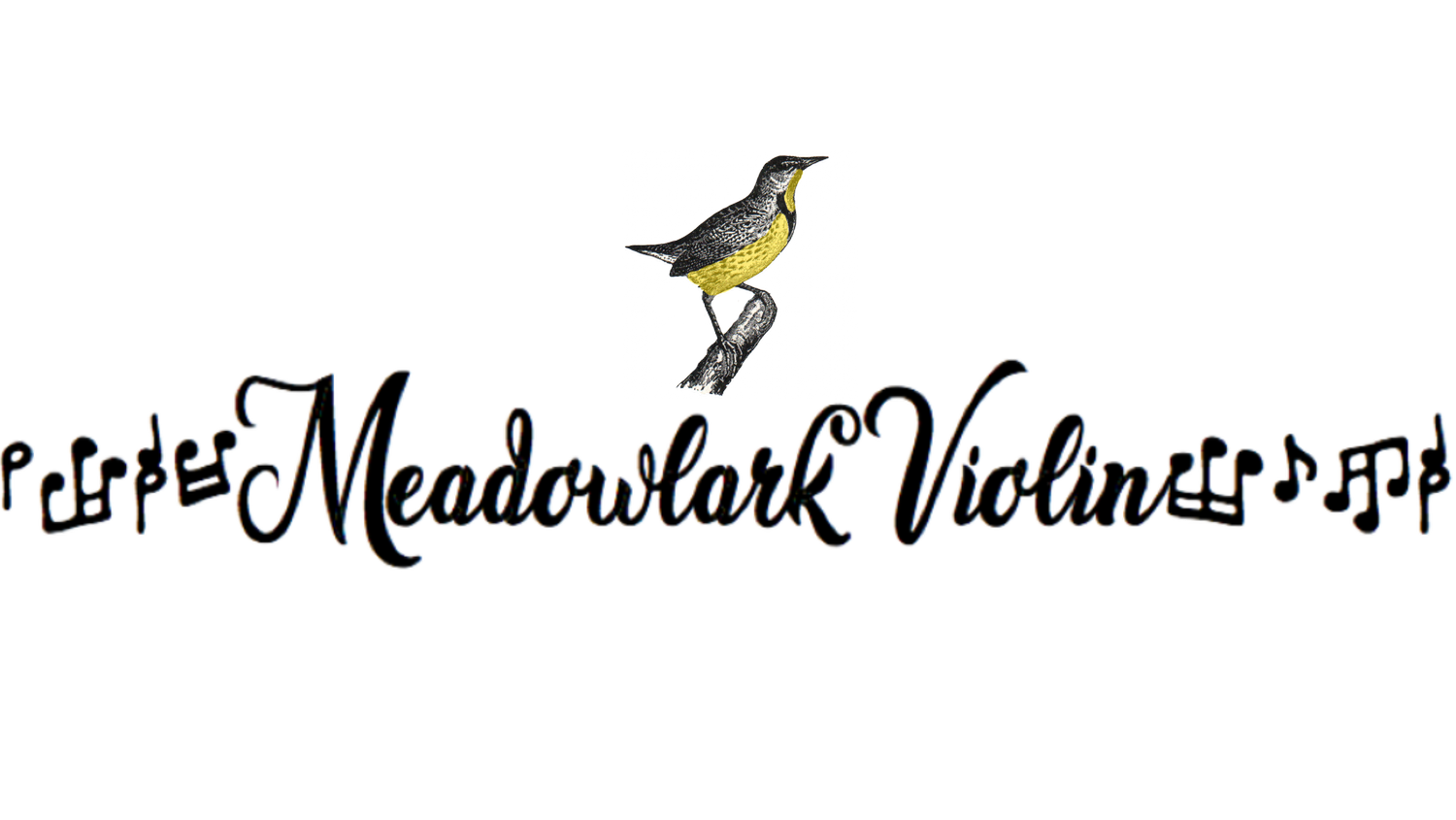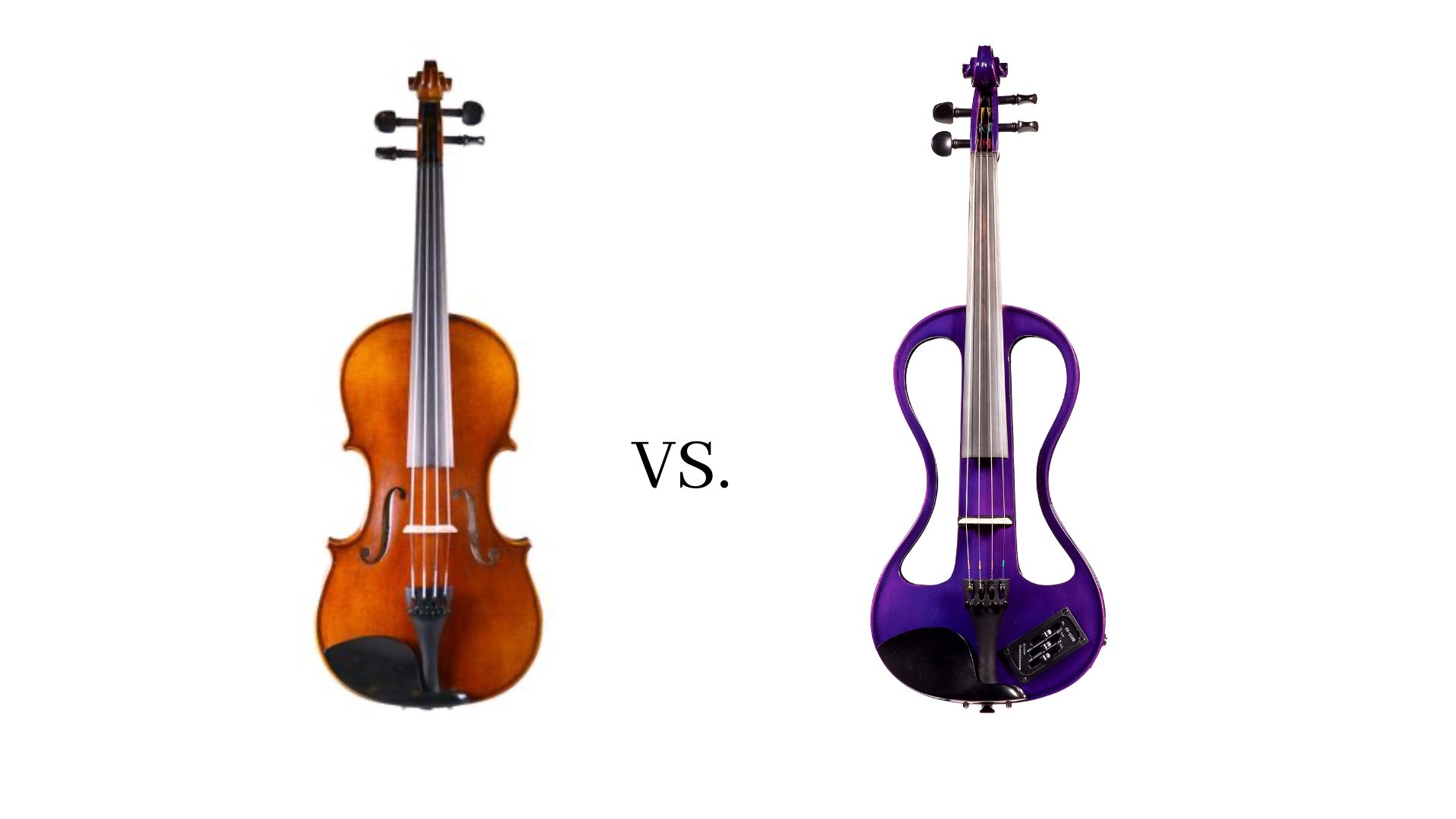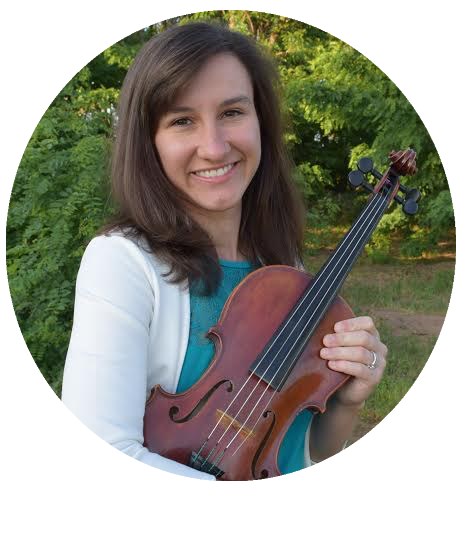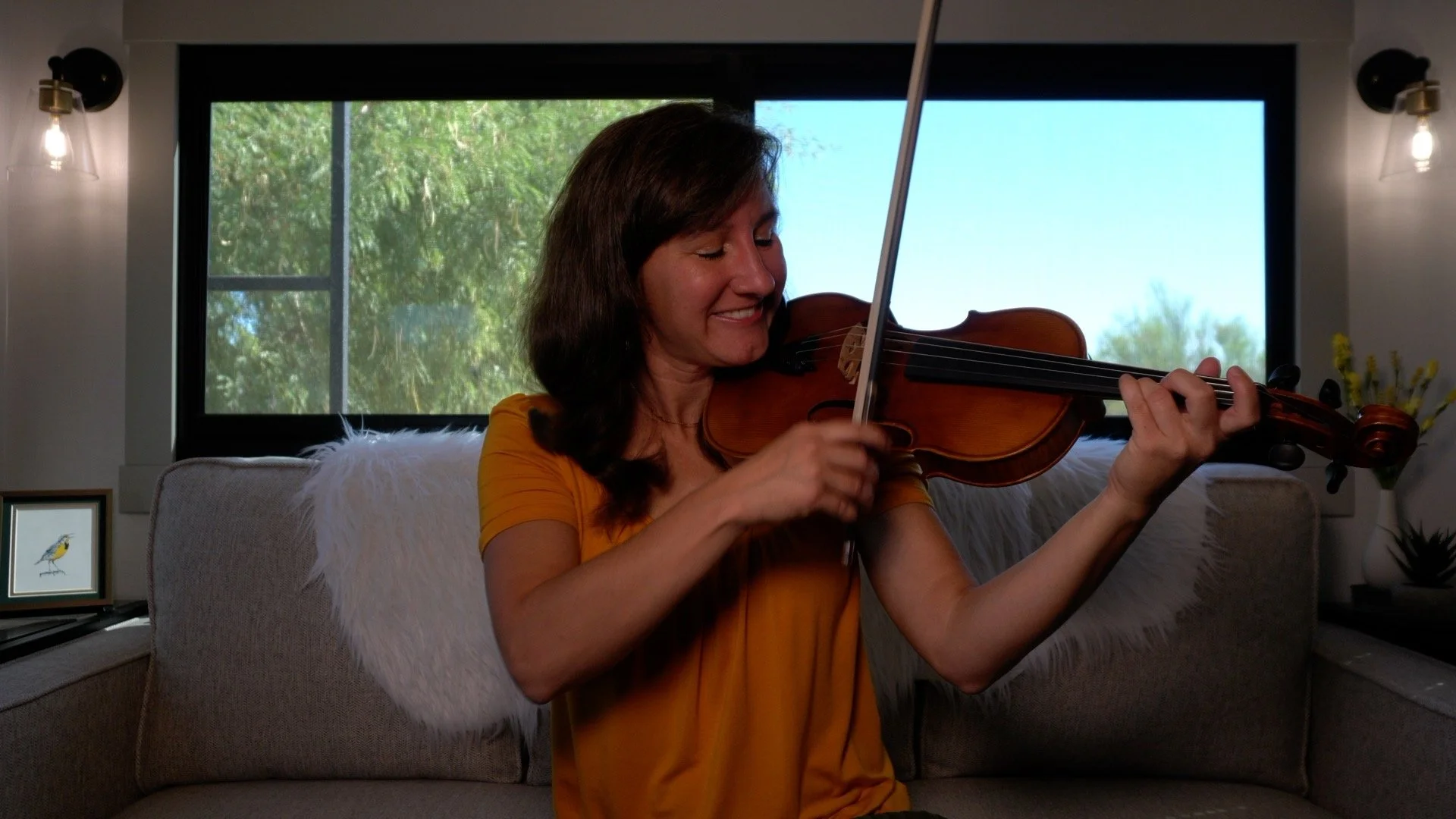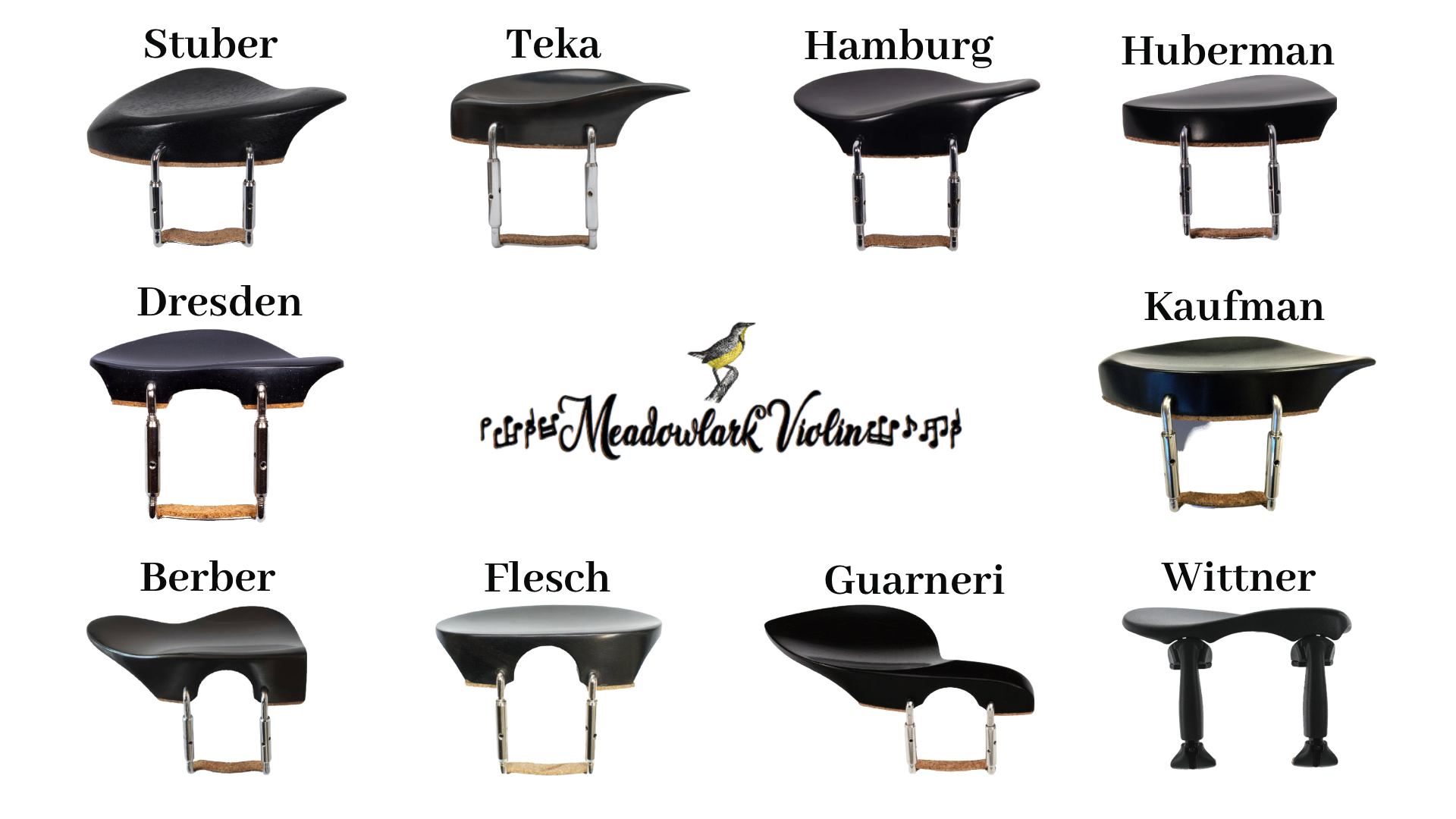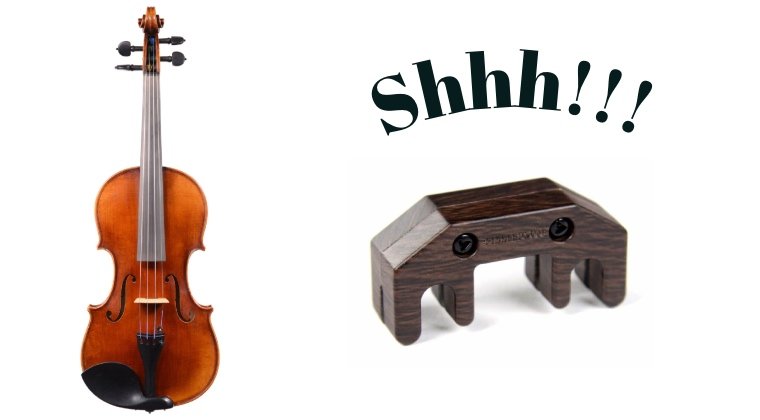Is It a Good Idea to Buy a Used Violin? A Violin Teacher's Opinion
/If you’re thinking about learning violin, you may be wondering if it’s better to buy a new or used violin? Are used violins cheaper? Will used violins sound any good? Are old violins better than new violins? Maybe you found a cheap violin at a thrift store and you’re wondering if you’ve discovered a treasure?
Let’s dive into the details when it comes to buying a used violin!
Where you should and should not buy used violins
If you were to ask me, “should I buy a used violin,” the next question I would have for you would be, “where are you buying it from?”
If you are buying a used violin from a reputable violin shop or luthier, yes, it’s probably fine. If you are buying a used violin from the thrift store, an antique store, Ebay, Facebook Marketplace, or any other private seller, I would be wary of purchasing the violin unless you are really sure of what you’re getting. Keep reading to understand why it pays to be a little hesitant!
Is it cheaper to buy a used violin?
To put it simply, probably not. A good, basic beginner violin will cost you around $250-$300. (Those cheap $60 violins you see on Amazon and Ebay aren’t really violins. They’re VSOs--violin shaped objects. So they don’t really count.) The issue with used violins is that even if the violin is in good condition, you will want to put on a new set of strings and get the bow rehaired (if it comes with a bow). Since you don’t know when the strings were replaced or how much playing the strings and the bow hair have endured, you’ll want to just put on a new set of strings and rehair the bow. Old strings and old hair can affect the sound and make playing downright frustrating. A new set of strings will cost you $40-60 for a good set and a bow rehair will be $50-75. When you are considering these replacement costs, it’s often cheaper just to buy a new violin with new strings and new bow hair.
If the violin is NOT in good condition, then you will have to pay a luthier to fix whatever issues are making the violin unplayable. While some things can be fixed, some things can’t.
How do I know if a violin is in good condition?
We’re missing something here…I guess this is a do-it-yourself kind of violin set-up
If you aren’t familiar with violins, it will be very hard to know if the violin is in good condition. Even if it looks okay on the outside, there could be cracks or warping that aren’t always obvious.
Violins do require some special care and attention. They need to be protected from extreme temperatures. If it’s too hot, glue will start to melt. Too cold and the wood will start to shrink and form cracks. They also need to be stored where the relative humidity is between 40% and 60%. Too humid=mold. Too dry=cracks.
The problem with buying used violins is that you don’t know its history. Has it been stored in an attic for years? Is there mold hiding inside of the body?
Cracks and mold can be very expensive fixes, so make sure you purchase used violins from a reputable dealer to avoid hidden costly repairs.
Oftentimes, used violins will be missing some critical parts, like a bridge. Or maybe the soundpost inside is loose and rattling around (or gone completely). These will all equate with things that need to be fixed to make the violin playable.
Can I buy a used violin if I’m just starting to learn violin?
If you are brand new to the violin, I would encourage you to buy a new violin unless you are purchasing an older violin from a reputable string shop or luthier.
You can tell a lot about how a violin has been cared for based on the pictures. Please, don’t rest a violin upside down on its bridge!
Learning violin has its own set of challenges. You don’t want to be struggling with violin maintenance issues or make it harder on yourself by playing on substandard equipment.
If you are purchasing the used violin from a reputable string shop, you know the violin has been checked over for any issues and probably had the strings replaced. In that case, it’s perfectly fine to buy a used violin. And it may even be cheaper than its new counterpart.
Will used violins sound any good?
If it’s a good quality violin that has been well-cared for, yes, it will sound good. It will probably sound even better with a new set of strings. If it’s a poor quality violin to begin with, age won’t help it much.
The problem is knowing if the violin was good quality to begin with. If you are familiar with violins brands, it may be possible to know what’s a good deal and what isn’t. Nowadays, there are hundreds of cheap violins being sold on the internet. Even though they look new, that does not mean they are playable. Many “new” violins are VSOs (violin shaped objects). They may look like a violin, but the similarities stop there.
DOn’t be fooled by new-looking used violins. They may be VSOs (violin shaped objects) and poor quality to begin with
Are older violins better?
While some of the best sounding violins in the world are old, that doesn’t mean that a violin has to be old to sound good. Just because a violin is new doesn’t mean the wood is new. Even with new violins the woods has been aged for years before it is carved into a violin. (Unless of course, the “new” violin is a VSO, in which case all bets are off.)
Well made, new violins can have marvelous sounds (all of my violins have been new). Oftentimes new violins are cheaper than a similar sounding old violin. Old violins have a certain allure, and violin dealers know that and price their violins accordingly. While there’s nothing wrong with wanting a violin for its history and charm, always use sound as the primary comparison when purchasing violins!
Be wary of deals too good to be true
A Strad I found on Facebook for $1,000! A bargain considering the going price is a few million!
Did you find a Stradivarius violin for $1,000? An old, antique violin for $399? Go ahead and pass. Thousands of student violins were produced in the nineteenth century with the label “Stradivarius.” This was a simple marketing ploy, so don’t fall for it now. The violin may or may not be worth something, but if the person you are buying it from believes it is a Stradivarius, it’s definitely not worth what they are asking.
I often see antique violins being sold on Ebay or Facebook Marketplace for exorbitant prices simply because they are “old.” These are often being sold by someone who has little to no understanding of violins and thinks that a violin has worth simply because it is old. It might be worth something, but rarely is it worth what they are asking.
So can you buy a used violin?
Yes if…
You are buying from a reputable dealer, violin shop, or luthier
Have an eye for what you are buying and know how to look for things that will be costly to repair.
I would be hesitant about buying a used violin if you are…
A brand new player just learning violin (unless you purchase from a good string shop)
Buying from an antique store, thrift store, or other private seller.
Don’t know how the violin has been taken care of.
Can You Find Good Violins at a Thrift Store?
I’m no stranger to antique stores, thrift stores, flea markets, and Goodwill. I love a good find. However, over the course of playing violin for around 20 years, I have yet to spot a violin I would pay more than $5 for. And I would NEVER pay for what people were asking.
A violin that has been…Well Loved or not loved at all?
While I’ve never found a good deal or anything even worth playing, I’ve had one student who found a great deal at a thrift store. She spotted a violin worth around $400-$500 in good condition for around $45. However, she had been playing for about a year and knew what to look for. The more you play, the more familiar you will become with violin. And just maybe, you’ll find a great violin at a bargain price!
While used violins may be a good deal if you can find them at string shops or luthiers, be wary of violins sold by private sellers unless you know what you are looking for.
If you’re just starting to learn violin and you just need your hands on an instrument, check out the following links to help you make a decision.
-Should I Rent My First Violin?
Happy Practicing!
